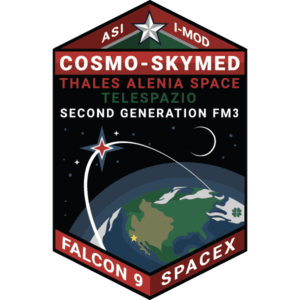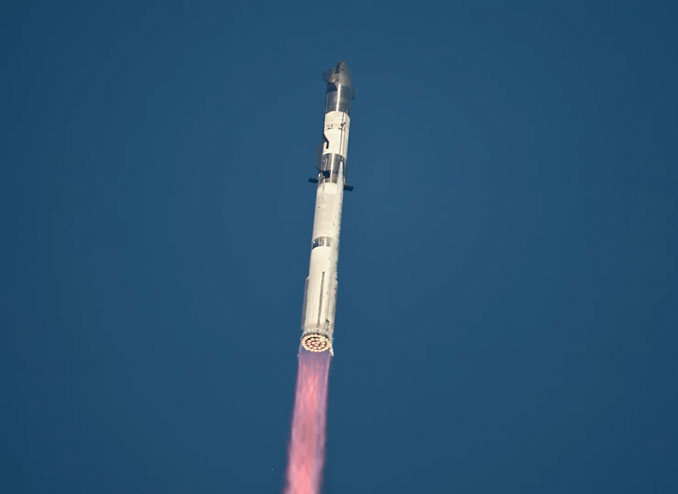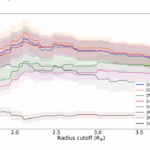Now Reading: SpaceX launches 350th mission using a flight-proven Falcon 9 rocket booster during Starlink mission from California
-
01
SpaceX launches 350th mission using a flight-proven Falcon 9 rocket booster during Starlink mission from California
SpaceX launches 350th mission using a flight-proven Falcon 9 rocket booster during Starlink mission from California
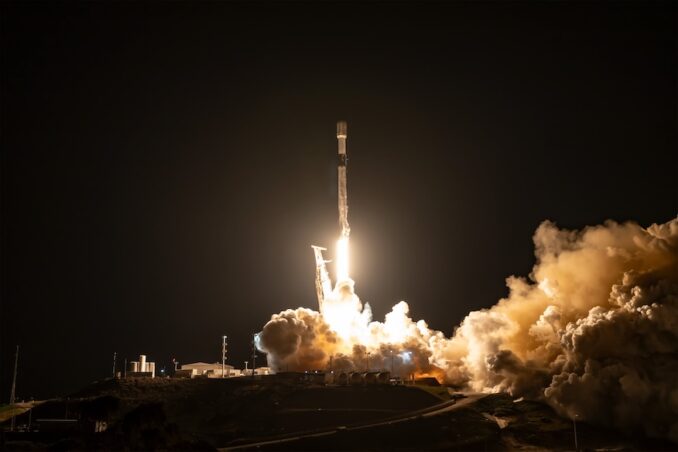
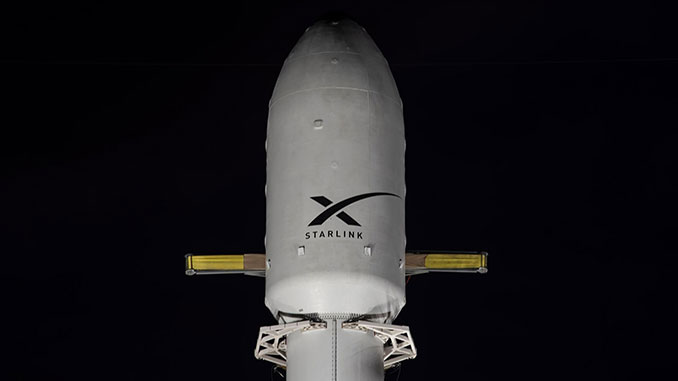
SpaceX aims notched another milestone in spaceflight reusability Wednesday night when it not only launched a flight-proven Falcon 9 rocket booster for the 350th time in program history, but also performed its 300th successful booster landing.
The Starlink 9-14 mission lifted off from Space Launch Complex 4 East (SLC-4E) at Vandenberg Space Force Base at 7:05 p.m. PST (10:05 p.m. EST, 0305 UTC). However, in announcing the mission on its website though, SpaceX just broadly said, “The four-hour launch window opens at 4:06 p.m. PT.”
For the third time in as many launches from California, SpaceX left the public in the dark as to whether or not the launch will be viewable via livestream. When it published details of the launch on its website Wednesday afternoon, it didn’t include a link to a webcast, nor did it mention the mission on social media.
By contrast, SpaceX simultaneously published a launch page for the planned launch of SiriusXM’s SXM-9 satellite, which will lift off on a Falcon 9 rocket from NASA’s Kennedy Space Center late Thursday morning. Not only did SpaceX include a link to the livestream for the SXM-9 mission, but it also posted to its X account announcing the launch. The Starlink 6-70 mission which launched from Cape Canaveral earlier Wednesday also had a webcast of liftoff that was announced in advance.
SpaceX did end up live streaming the two previous ascents from Vanenberg Space Force Base, NROL-126 and Starlink 9-13. However, in both cases, a live stream popped up well after the rockets had left the launch pad.
That ended up being the case as well with the Starlink 9-14 mission. SpaceX popped up its livestream about 44 seconds after the rocket left the launch pad. No explanation was given as to why SpaceX started its broadcast midstream for a third time.

The Falcon 9 first stage booster for the Starlink 9-14 mission, with the tailnumber B1081, launched for a 12th time. It previously supported the launches of two missions to the International Space Station (Crew-7 and CRS-29), two climate-monitoring spacecraft (PACE and EarthCARE) and five previous Starlink missions.
A little more than eight minutes after liftoff, B1081 completed the 300th successful droneship landing when it touched down on the SpaceX droneship ‘Of Course I Still Love You,’ positioned in the Pacific Ocean. This was the 379th overall booster landing for SpaceX.
Onboard the mission are 20 Starlink V2 Mini satellites, including 13 that feature Direct to Cell capabilities. With this mission, SpaceX will have launched 349 DTC Starlink satellites since the first such launch on January 2.
In late November, SpaceX received approval from the U.S. Federal Communications Commission to begin rolling out cellular service alongside its domestic telecom partner, T-Mobile.
Thank you to @NASA , @NTIAgov , @NSF , for their coordination work with us, and all of our telco partners, especially @TMobile !
We hope to activate employee beta service in the US soon.
— Ben Longmier (@longmier) November 26, 2024
The FCC allowed SpaceX to use its previously authorized up to 7,500 second generation Starlink satellites using the V-band frequency from 340 km to 360 km.
“SpaceX is authorized to communicate with these satellites in the previously authorized Ku-, Ka-, E-, and V-band frequencies, in conformance with the technical specifications SpaceX has provided to the Commission, the conditions previously placed on its authorizations, and the conditions we adopt today,” the FCC wrote in a Nov. 26 filing.
“Authorization to permit SpaceX to operate up to 7,500 Gen2 satellites in lower altitude shells will enable SpaceX to begin providing lower-latency satellite service to support growing demand in rural and remote areas that lack terrestrial wireless service options.16 This partial grant also strikes the right balance between allowing SpaceX’s operations at lower altitudes to provide low-latency satellite service and permitting the Commission to continue to monitor SpaceX’s constellation and evaluate issues previously raised on the record.”
Stay Informed With the Latest & Most Important News
Previous Post
Next Post
-
 01From Polymerization-Enabled Folding and Assembly to Chemical Evolution: Key Processes for Emergence of Functional Polymers in the Origin of Life
01From Polymerization-Enabled Folding and Assembly to Chemical Evolution: Key Processes for Emergence of Functional Polymers in the Origin of Life -
 02Panasonic Leica Summilux DG 15mm f/1.7 ASPH review
02Panasonic Leica Summilux DG 15mm f/1.7 ASPH review -
 03Two Black Holes Observed Circling Each Other for the First Time
03Two Black Holes Observed Circling Each Other for the First Time -
 04How New NASA, India Earth Satellite NISAR Will See Earth
04How New NASA, India Earth Satellite NISAR Will See Earth -
 05And Thus Begins A New Year For Life On Earth
05And Thus Begins A New Year For Life On Earth -
 06Astronomy Activation Ambassadors: A New Era
06Astronomy Activation Ambassadors: A New Era -
07SpaceX launch surge helps set new global launch record in 2024












